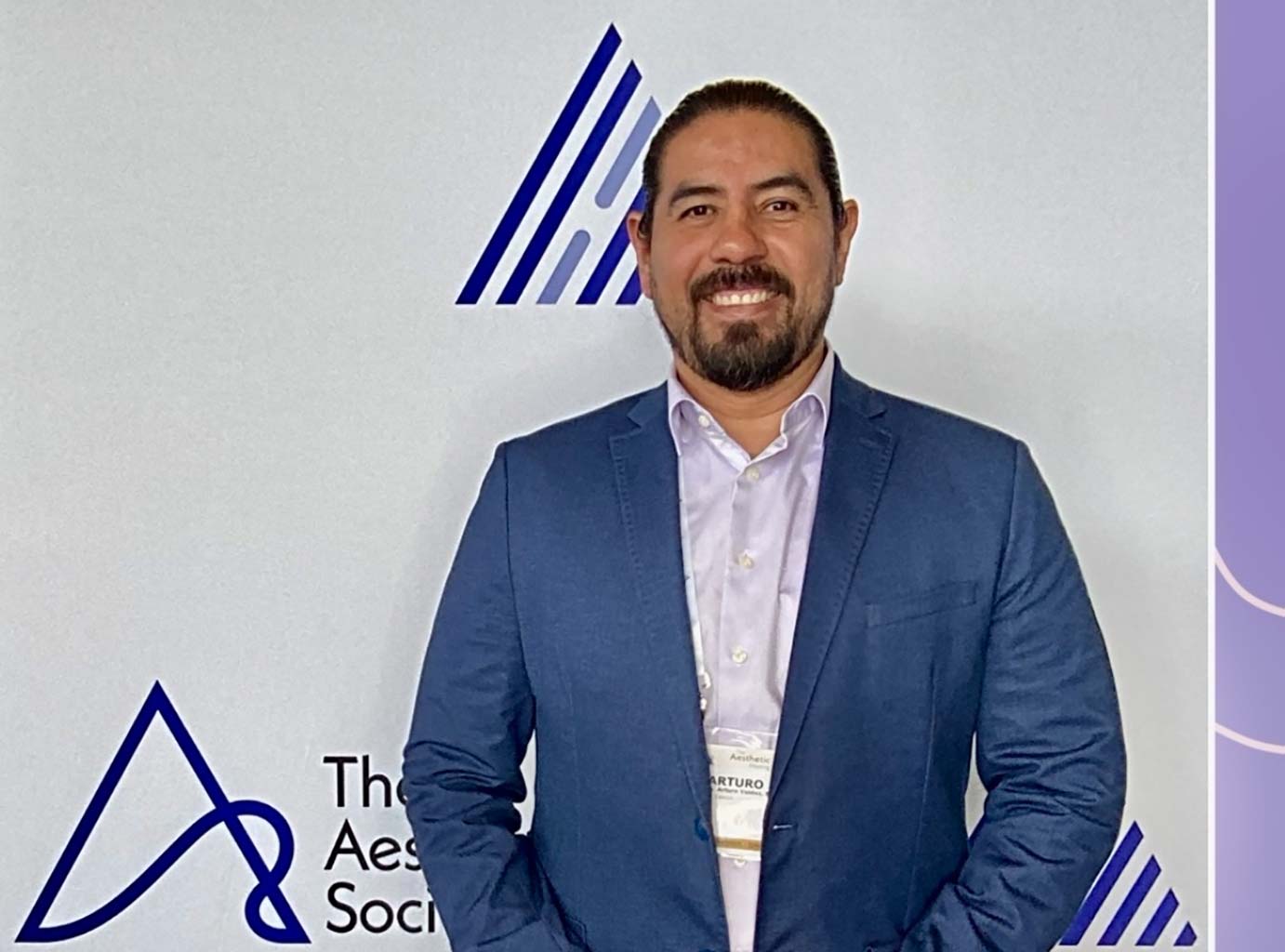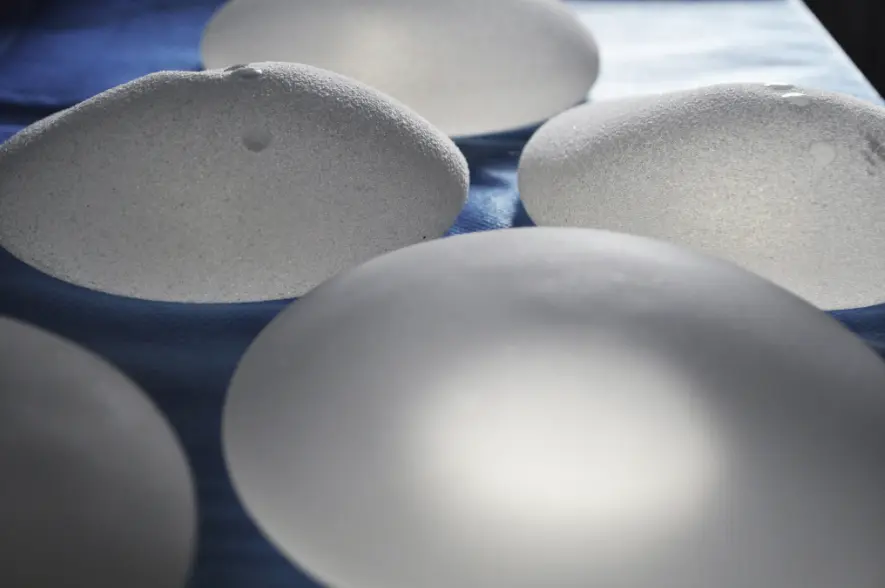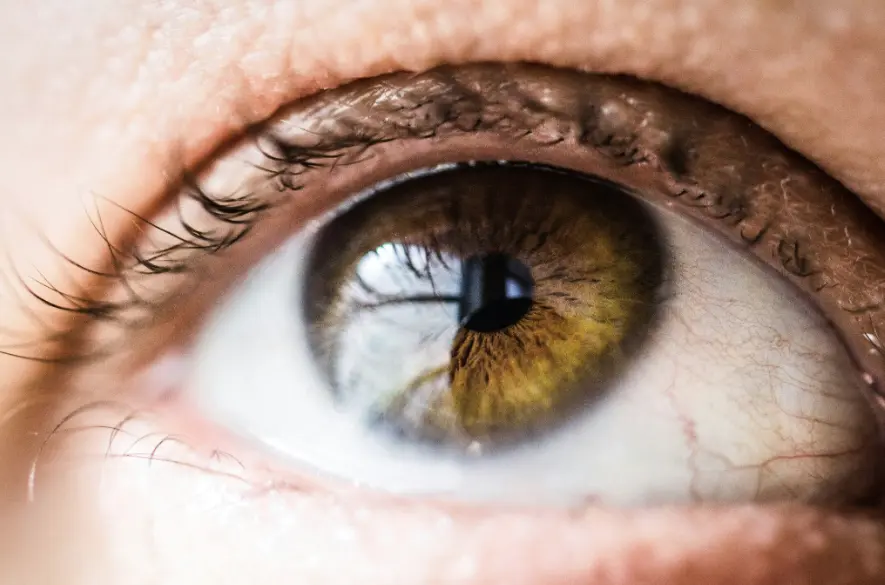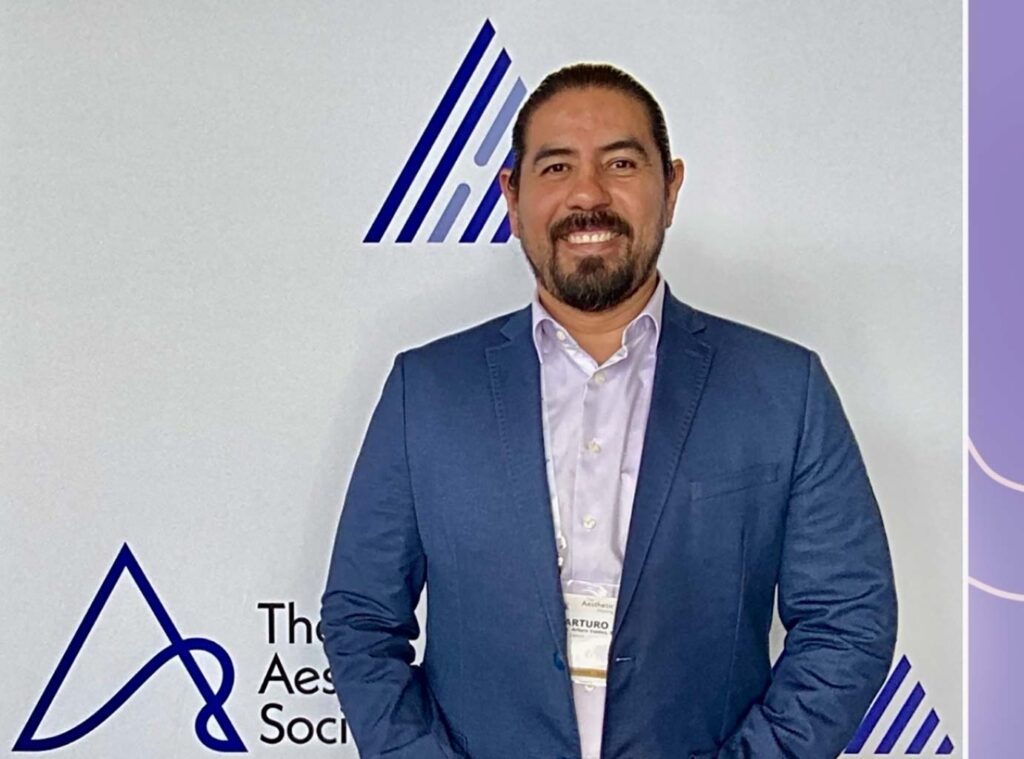The longevity of your facelift depends on the type you choose and your lifestyle. A traditional facelift typically lasts around 10 years, a mini facelift slightly less, and a thread lift about 2–3 years. Maintaining results means caring for your skin, avoiding smoking, and protecting against sun damage. With expert care from Dr. Valdez in Cancun, you can enjoy youthful, natural results that stand the test of time.
As the years go by, more and more fine lines and wrinkles appear on our faces. At some point, skin will start sagging too, which can add so many years to your actual age.
A facelift can fix all these issues, giving back years to your appearance. However, the average cost of a facelift in the US is $11,395 (excluding associated fees), and understandably, you want to learn more about the procedure before you spend such large sums of money.
So how long does a facelift last, and will it be worth it for you? Read on to find out all the key details you should know.
How Long Does a Facelift Last?
How long a facelift lasts will depend on which kind you get. Let’s take a look at each one and the expected longevity.
Traditional Facelift
A traditional facelift is also known as a full facelift. As you might’ve guessed, this procedure is extensive and targets deeper facial structures. It addresses sagging skin, muscles, and underlying tissues that go across your mid-face, jawline, and neck.
This type of facelift is ideal for people who have significant signs of aging. For example, if you have deep wrinkles, jowls, and loose skin, then you’ll get fantastic results with a traditional facelift.
As for how long you can expect the results to last, we’d say about 10 years.
Mini Facelift
A mini facelift isn’t as extensive as a traditional facelift. It’s less invasive and only targets specific areas like the cheeks and jawline.
When comparing the two, you’ll see that mini facelifts don’t involve muscles and have smaller incisions. As a result, they focus more on surface-level tightening rather than deep structural changes. This makes mini facelifts great for younger people who have early signs of aging and want something subtle done.
You can expect mini facelifts to have a slightly shorter period of longevity than traditional facelifts, so under 10 years.
Thread Lift
Thread lifts are also known as lifestyle facelifts or lunchtime lifts. These procedures can be done quickly in comparison to the other two types of facelifts, and it’s minimally invasive too.
Thread lifts are done by using sutures or threads that lift the skin without significant structural adjustments. They stimulate collagen production, which then gives you more radiant skin.
Since they rely on temporary materials, this means that results will diminish more quickly as well. However, this makes it ideal for people who are looking for a quick, non-surgical way to rejuvenate their faces with minimal downtime.
Thread lift results will typically only last a few years.
Factors That Influence Longevity
The type of facelift you get isn’t the only factor that’ll affect how long you’ll see results for. In general, younger patients will see longer-lasting results since their skin has more natural elasticity. Your skin type and genetics will also have an effect.
Below are other things that can impact both quality and longevity.
Your Lifestyle
Smoking is bad for your health in many ways, but it can accelerate aging as well. If you’re a smoker, then the signs of aging will reappear much faster.
Also, if you eat a balanced diet and stay hydrated, then it’s more likely that you’ll maintain a youthful appearance. Nutrient-rich foods help skin elasticity and your overall health, and proper hydration can plump your skin and reduce dryness. All these things combined will make wrinkles less apparent.
Sun protection is important too. UV rays break down collagen and elastin, causing premature aging. If you make sure to wear sunscreen daily and avoid prolonged sun exposure, then you can enjoy the effects of your facelift for longer.
Your Skincare Routine
To get the best facelift results, you’ll need a good skincare routine. With the right products, you’ll be able to keep up collagen production, which is crucial for maintaining your appearance. You can improve your skin texture and maintain firmness with things like retinoids, antioxidants, and peptides.
In addition, get regular treatments, such as chemical peels, microneedling, and laser resurfacing. All of these procedures can enhance your skin tone and texture, which will support your facelift results.
Follow-Up Treatments
There are various other treatments you can get in the following years to maintain your appearance.
For example, you can use dermal fillers to restore volume to certain areas as you experience natural volume loss while aging. Or you can use botulinum toxin injections to reduce dynamic wrinkles. Other non-surgical options include ultrasound or radiofrequency therapies to maintain skin firmness over time.
How Many Facelifts Can You Get?
Now that you know that facelifts aren’t permanent, and that several factors can cause signs of aging to return faster, you may be wondering if you can get repeat facelifts.
Technically, you can get as many facelifts as you’d like, given that you’re in good overall health. So you can get a facelift 10 years later after your first one.
However, you should be aware that the results will less and less dramatic with each surgery. Your skin will become less elastic as you get older, and there’s only so much surgery can do.
The best thing to do is to consult with an experienced plastic surgeon. During your appointment, they can assess whether you’re a good candidate for multiple facelifts. If not, they may be able to recommend alternative options.
Make Sure Your Money’s Well Spent
After reading this article, you now have the answer to the question, “How long does a facelift last?”
If you use a skilled and qualified plastic surgeon, then you’ll have excellent results that should last around a decade. With a healthy lifestyle, a good skincare routine, and follow-up treatments, you can keep fighting the signs of aging. And if you wish, as long as you’re in good health, you can have more facelifts performed in the future to maintain your youthful appearance.
Schedule a consultation with us today if you’d like a facelift. Dr. Valdez is a board-certified surgeon and has performed over 2,000 successful surgeries during his 16-year career.
References
- Facelift Surgery. American Society of Plastic Surgeons. Accessed December 18, 2024. https://www.plasticsurgery.org/cosmetic-procedures/facelift
- Facelift Cost. American Society of Plastic Surgeons. Accessed December 18, 2024. https://www.plasticsurgery.org/cosmetic-procedures/facelift/cost
- Tehrani K, MD. Thread Lift. American Society of Plastic Surgeons. Accessed December 18, 2024. https://www.plasticsurgery.org/cosmetic-procedures/thread-lift
- Collagen. The Nutrition Source. May 26, 2021. Accessed December 18, 2024. https://nutritionsource.hsph.harvard.edu/collagen/
- Tehrani K, MD. Thread Lift Results. American Society of Plastic Surgeons. Accessed December 18, 2024. https://www.plasticsurgery.org/cosmetic-procedures/thread-lift/results
- Watson P. Genetic evidence shows that smoking can cause us to age faster. ERS ' European Respiratory Society. September 12, 2023. Accessed December 18, 2024. https://www.ersnet.org/news-and-features/news/genetic-evidence-shows-that-smoking-can-cause-us-to-age-faster/
- Jariashvili K, Madhan B, Brodsky B, Kuchava A, Namicheishvili L, Metreveli N. UV Damage of Collagen: Insights from Model Collagen Peptides. Biopolymers. 2012;97(3):189-198. doi:10.1002/bip.21725
Frequently Asked Questions
How long do facelift results last?
A traditional facelift can last up to 10 years, while mini facelifts usually last slightly less, and thread lifts about 2–3 years. Longevity depends on skin quality, lifestyle, and the surgeon’s technique.
What type of facelift lasts the longest?
The traditional or full facelift provides the longest-lasting results, addressing deep tissues and muscles across the face and neck. Patients can expect youthful results for close to a decade with proper aftercare.
Can you get more than one facelift?
Yes, you can safely undergo multiple facelifts over your lifetime, provided you’re in good health. However, results may be less dramatic each time since skin elasticity naturally decreases with age.
How can I make my facelift results last longer?
Follow a healthy lifestyle, avoid smoking, wear sunscreen daily, and maintain a strong skincare routine with collagen-supporting products. Treatments like fillers, Botox, and laser resurfacing can also extend your results.






